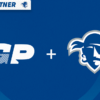The NCAA says Academic Progress Rates (APR) were “implemented in 2003 as part of an ambitious academic reform effort in Division I, the Academic Progress Rate (APR) holds institutions accountable for the academic progress of their student-athletes through a team-based metric that accounts for the eligibility and retention of each student-athlete for each academic term.”
Twelve years later, APR has changed the way schools manage their student-athletes academically Division I institutions have invested significant resources into personnel such as academic advisors and learning specialists, as well as software programs to proactively manage grades, monitor study hall, manage tutors – in a sense, every conceivable aspect of academic performance has been accounted for.
As a result, athletic departments can provide you chapter and verse on any of their student-athletes academic progress.
So the question that is often tossed around in college athletics is appropriate here – “what’s next?”
Simple: job placement.
The term job placement can be taboo around higher education. In fact, I have argued in the past that receiving a degree and getting a job are often mutually exclusive events. Need proof? Take a look at the number of recent grads versus those unemployed or underemployed – the labor market for recent grads is just not that good.
So why would college athletic departments focus on job placement? Very simple – it is the new battleground.
The new battleground for recruiting. The new battleground for fundraising.
Gone are the days where coach in their recruiting pitch would say to Mom and Dad – “if your child comes here, they will receive an excellent education and graduate.”
It is not enough anymore.
Read through comments that Urban Meyer, coach of the national champion Buckeyes, has to say about the importance of career development:
“There was an era where when you graduated, you had a job … Now they (student-athletes) put so much time and effort into this and it doesn’t always matter…The normal student, a good student, has an opportunity to have internships, there’s time … unfortunately for us there isn’t time for that.”
The Ohio State Athletic Department has created a culture of career development.
Gene Smith, Coach Meyer’s boss and the OSU AD, recently had his compensation plan altered to measure job placement for his student-athletes. Specifically, there are measurements in place for full time job placement requiring a college degree, full time graduate school and or military. If those measurements are met, Mr. Smith receives a significant bonus.
Let me introduce you to APR 2.0: Job Placement
 The NCAA does not measure job placement – although they frequently refer to it in their commercials, which truth be told, I absolutely love. Regardless, early innovators like the OSU are taking advantage of it. There are others also:
The NCAA does not measure job placement – although they frequently refer to it in their commercials, which truth be told, I absolutely love. Regardless, early innovators like the OSU are taking advantage of it. There are others also:
Ask Todd Stansbury, the new AD at Oregon State how he approaches the topic and you will hear about Everyday Champion and how it is the cornerstone of his organization.
Ask Jim Pignataro, the newly promoted executive associate AD for Michigan State, how it affects the athletic department and he will tell you how it is managed down to day to day details and activities of each stakeholder of the student-athlete.
Ask UGA, Michigan, Minnesota and UCF how comprehensive student-athlete development with a focus on careers has impacted their ability to fund raise – with those four organizations alone raising nearly $50 million in capital for student-athlete development and career development initiatives.
In the ‘court’ of competitive college athletics – specifically, “recruiting” and “fundraising” the verdicts are already being handed out.
Say goodbye to checking the box
In APR 1.0, athletic departments host events and speakers. Well intentioned, these activities allow the athletic department to promote “career development” as part of their student-athlete experience, but they tend to lack real teeth and even more rare, are these activities measured for their impact.
As an example, resume writing and career fairs are common in APR 1.0. As you examine their impact, ask yourself some questions:
- How do you measure a resume writing workshop?
- How do you measure the success of a career fair?
- How do you measure the investment of time for the student-athlete and the resources providing these services?
In APR 1.0, activities such as resume writing and career fairs often define an athletic department’s “career development programming.”
In APR 2.0 Job Placement, benchmarks, activities and outcomes are designed and measured to promote job placement. Resume workshops and career fairs are critical activities that occur as part of the development process, but they are components of the process, not the entire process.
As John Wooden said, “never mistake activity for achievement.”
In APR 2.0, career development pivots from programming to becoming cultural.
In APR 2.0, strategy is implemented from the top down and key performance indicators are set with job placement as the desired outcome. Resources, personnel and investment are organized to promote the growth and development of the student-athlete to receive a meaningful job.
For example, the NCAA even publishes measurements of the APR for public review. Imagine the ability to measure APR 2.0 Job Placement in a similar fashion.
It is here.
Where do you start?
Benchmarking.
First, let’s get an understanding of the marketplace:
what is the state of the labor market?
what are the decision makers (employers) requiring of employee candidates?
what is the process to get a job?
Second, what is the state of your student-athletes?
what are their schedules? where are they spending their time?
what resources do they have available for them today?
who manages these resources?
how does the student-athlete access these resources? do they access these resources? how frequently?
In 2003, athletic departments were seeking to answer similar questions to meet the demands of APR. Today, early adopters have first movers advantage and are pressing forward to define APR 2.0.
At GTG, we focus on the comprehensive development of student-athletes. Here is a brief example of how we look at the on-boarding process for incoming freshman.
First, know the marketplace:
employers want to see a direct connection between subject matter studied and prospective careers
millennials, including student-athletes have a poor track record for leaving their first job within two years, frequently stating they were not passionate about their work and needed to find a career of meaningful to them
upon finding meaningful work student-athletes show less than a 30% correlation between their new found passion and the subject matter studied as an undergrad
First take away: major selection is a critical component in the process of APR 2.0.
Second, develop a trusted process. GTG’s APR 2.0 athletic department customers follow a form of the following:
– incoming student-athletes are assessed for their personality interests as it relates to majors / course selection
– data is put in the hands of the student-athlete and their stakeholders to assist in the course and major selection process
– this same data provides a path towards a specific process of exploration of industries and careers
– GTG helps create benchmarks of personality interests and measures them as it relates to:
– academic course and major selection
– future internship and full time employment opportunities
The simple freshman on-boarding process provides:
– a benchmark for job placement that begins with freshmen or first year student-athletes
– data such as personality strengths allow stakeholders to operate more efficiently, attacking both academic performance and job placement (turns out they don’t have to be mutually exclusive!)
– an enhanced student-athlete experience for the student-athlete adjusting to the academic rigors of college and developing relationships with their new set of stakeholders
As the fall semester kicks in, GTG will introduce the four stages of development of a collegiate student-athlete:
1. HS to college life skill transition
2. Academic performance
3. Career development
4. Transition into World Ready
As part of this series, GTG will show how Game Plan helps athletic departments with each stage of development, including benchmarking student-athlete development and measuring success.
All the best to you as the school year starts!








